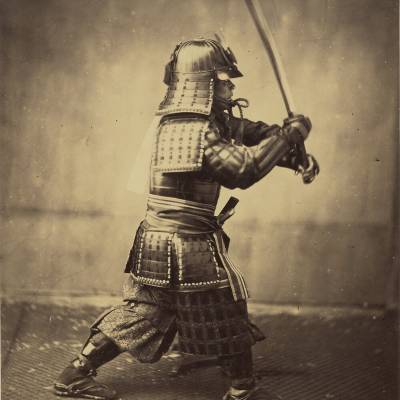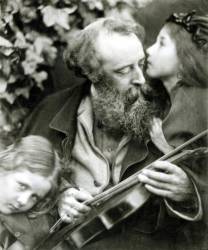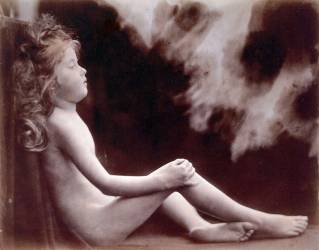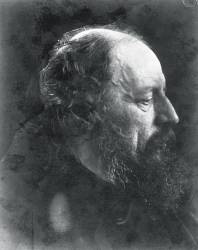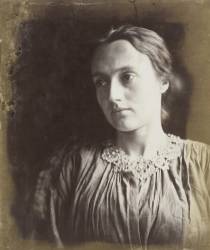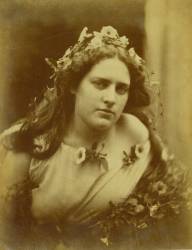Early photography 1800s
Early photography corresponds to the beginnings that mark the birth of photography. At its inception, photography was compared at length to its rival, painting. Although the photographic medium was initially used by artists as an aid to their work, particularly painters in their preparatory work, its capabilities quickly won it over, enabling photography to become a medium of expression in its own right. Early photography underwent constant and considerable development over the course of the 19th century, and offers a rich and diverse collection of black-and-white, sepia and autochrome images. It was a time of significant developments in photography, marking the transition from early experimental processes to more accessible and widespread use. Drawn from the world's different cultures, these snapshots of yesteryear also reveal Asian autochromes of unparalleled grace and sensitivity. Capable of capturing immediacy like no other artistic medium, old-fashioned photography offers you the opportunity to adorn your interior decoration with a truly sincere representation of the 19th century.
This period refers also to Victorian photography (during the Victorian era, which spanned from 1837 to 1901, coinciding with the reign of Queen Victoria in the United Kingdom). One of the notable aspects of Victorian photography was the use of various photographic processes. In the early years of the era, daguerreotypes and calotypes were the primary methods used. Daguerreotypes involved creating a unique, detailed image on a polished silver surface, while calotypes used paper negatives to produce multiple prints. Later on, the introduction of wet plate collodion process allowed for faster exposure times and more affordable prints. Victorian photography covered a wide range of subjects. Portrait photography was particularly popular, as it allowed people to capture images of their loved ones for posterity. Formal studio portraits, often characterized by stiff poses and elaborate backdrops, were common during this period. Landscape photography also gained popularity, showcasing the natural beauty of various locations. Photography is still in its infancy, but it has already produced some great artists, such as Gustave Le Gray. His astonishingly beautiful work includes highly contrasting shots of great dramatic force, such as Le Brick au clair de lune by Gustave Le Gray. In a completely different genre, the Stillfried & Anderson studio produced some fine series of photographs of Japanese society, such as "Tattooed Man". Documentary photography was another significant aspect of Victorian photography. Photographers documented various aspects of Victorian life, including social issues, industrialization, and urban development. Notable photographers such as Lewis Carroll, Julia Margaret Cameron, and Francis Frith made significant contributions in this genre.


